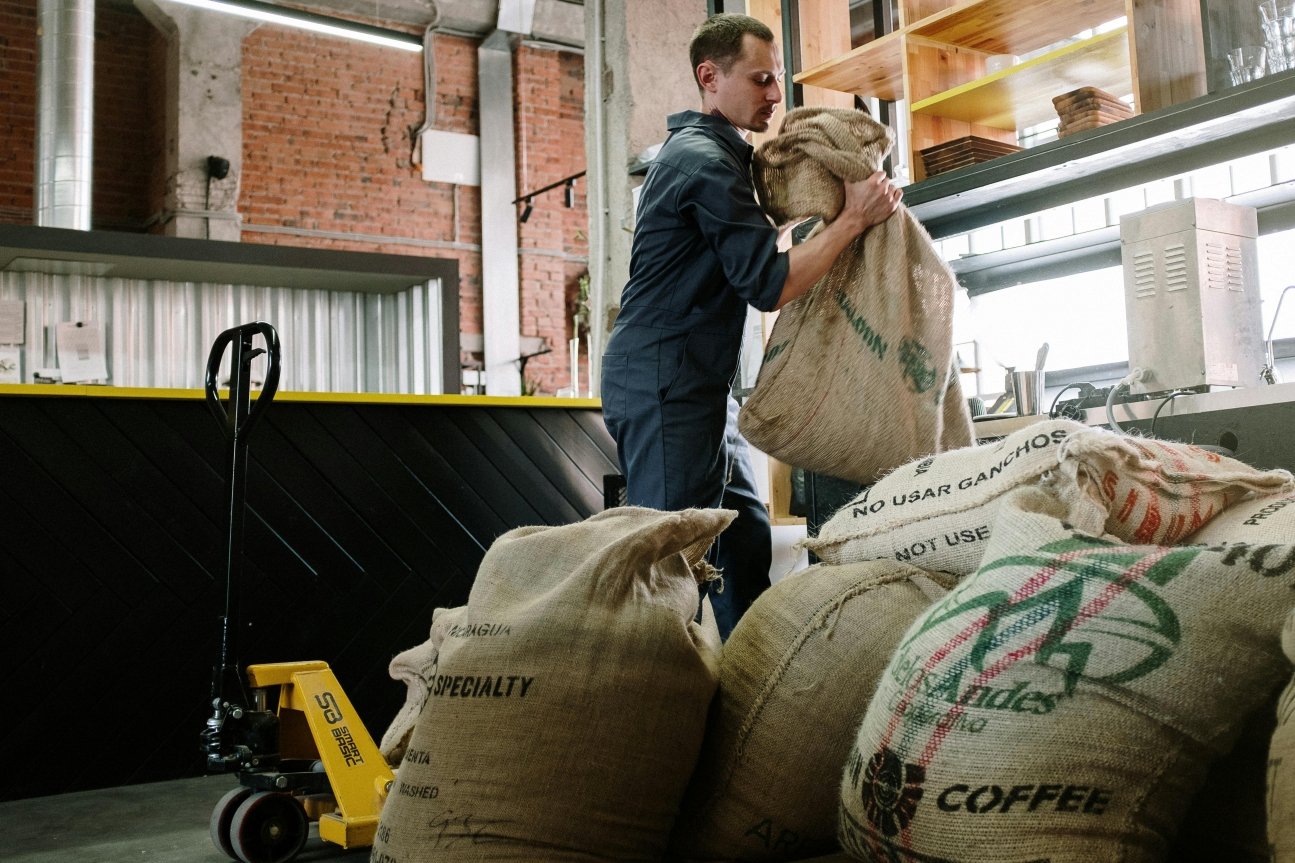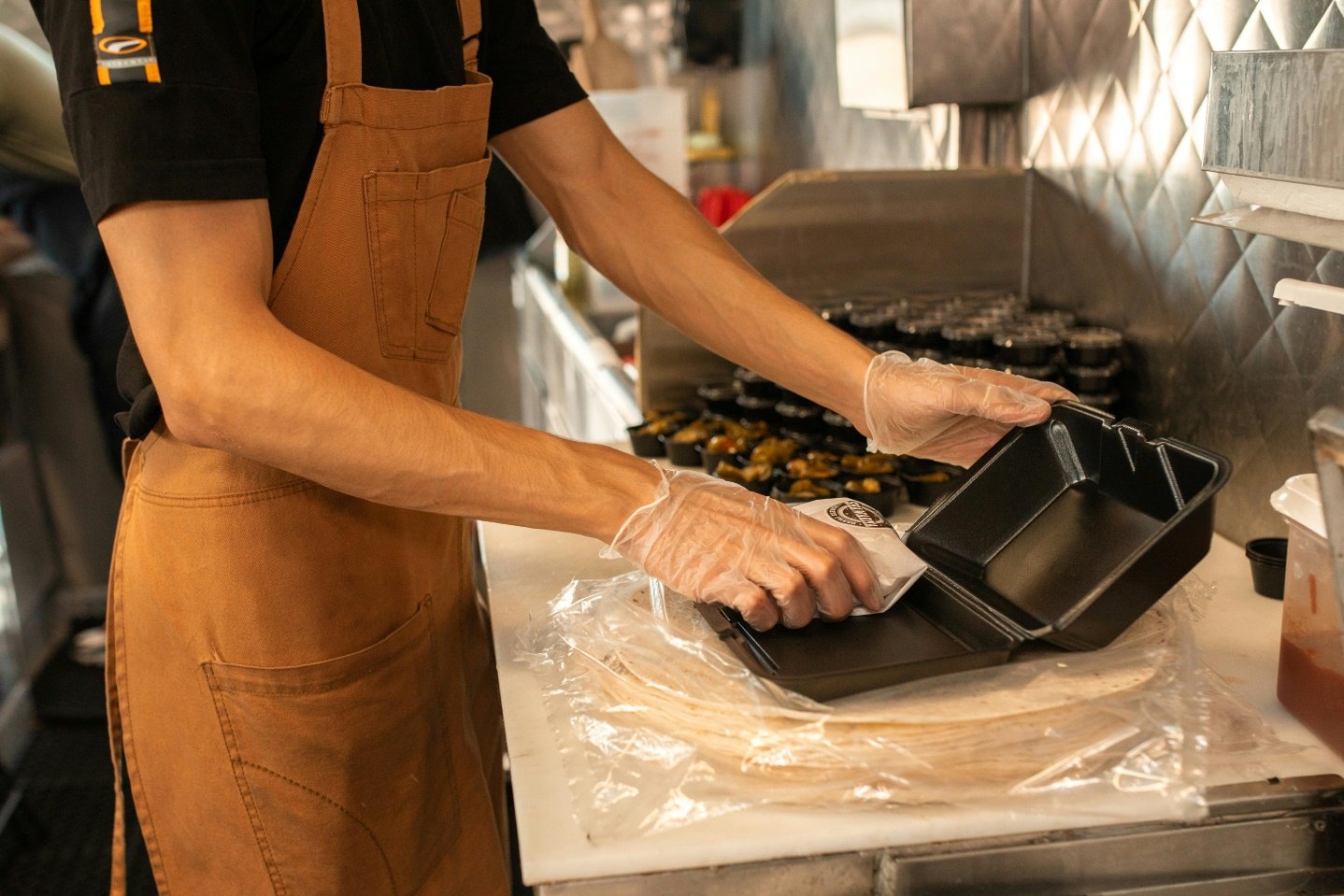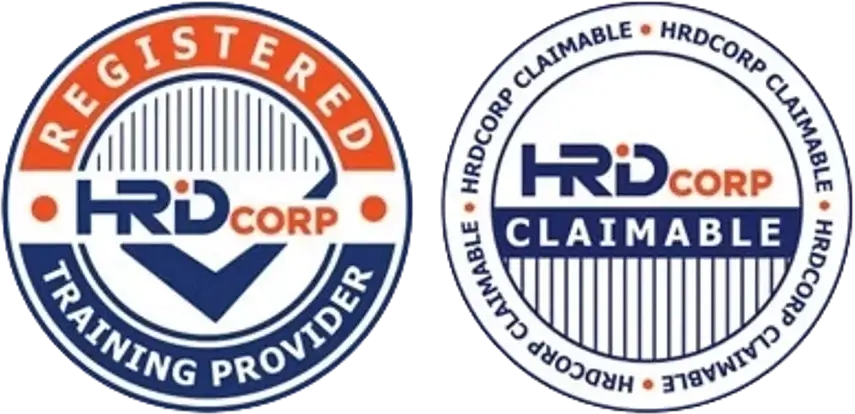What Should You Do After Receiving a GMP Warning Letter?
Receiving a GMP Warning Letter from the Ministry of Health (MOH), NPRA, or a certification body can feel intimidating — but it’s not the end of the road.
With a clear action plan, you can respond professionally, correct the issues, and restore your GMP compliance status.
🚨 What Is a GMP Warning Letter?
-
An official notification that your facility has violated GMP requirements
-
Issued after:
-
MOH/NPRA inspections
-
GMP certification audits (including ISO-based schemes)
-
-
Highlights specific non-conformities, often linked to:
-
Poor documentation
-
Hygiene issues
-
Incomplete SOPs
-
Untrained staff
-
Cross-contamination risks
-
📉 Potential Consequences If Ignored
-
Product seizure or license suspension
-
Withdrawal of GMP certificate
-
Damage to brand reputation
-
Legal or export complications
-
Loss of customer trust or retail partnerships
✅ What To Do Immediately After Receiving a GMP Warning Letter
1. Don’t Panic — But Act Quickly
-
Note the response deadline (usually 14–30 days)
-
Inform top management and relevant department heads immediately
2. Read the Letter Carefully
-
Identify all observations, citations, and required actions
-
Clarify technical terms with QA or consultants if needed
3. Assess Each Non-Conformance
-
Categorize findings:
-
Documentation gaps
-
Process failures
-
Hygiene or facility issues
-
-
Identify if they’re isolated or systemic
4. Gather Internal Evidence
-
Pull all related SOPs, records, cleaning logs, and photos
-
Note whether non-conformances were:
-
Previously addressed
-
Due to expired procedures
-
Caused by training or human error
-
5. Develop a Corrective and Preventive Action (CAPA) Plan
-
For each finding, include:
-
Root cause analysis
-
Immediate corrective actions
-
Long-term preventive steps
-
Timeline for completion
-
Assigned responsible person
-
6. Document Everything Clearly
-
Use a structured response template
-
Attach supporting documents (photos, training records, revised SOPs)
-
Ensure your tone is professional, cooperative, and proactive
7. Submit a Formal Response On Time
-
Send to the correct authority (NPRA / audit body / MOH department)
-
Keep copies of all correspondence
-
If needed, request a reasonable extension — but don’t delay without communication
🛠 Ongoing Improvements After the Letter
🔄 Conduct a Full Internal Audit
-
Review all processes and GMP areas — not just the ones cited
-
Identify other gaps before the next inspection
🧑🏫 Retrain Staff
-
Conduct focused GMP refresher training
-
Emphasize hygiene, documentation, and SOP compliance
📋 Revise SOPs and Records
-
Update outdated procedures
-
Simplify complex documentation
-
Ensure version control and proper approvals
🧼 Improve Facility Conditions
-
Upgrade sanitation zones, drainage, and ventilation if needed
-
Improve zoning, pest control, and cleaning schedules
📆 Schedule a Follow-Up Audit
-
Engage a consultant for a mock GMP audit
-
Ensure you’re ready before inviting the authority back for reinspection
📌 Final Thoughts
A GMP warning letter doesn’t mean failure — it’s an opportunity to strengthen your food safety system and prevent future penalties.
The key is to:
✅ Respond clearly
✅ Act quickly
✅ Show genuine commitment to improvement
The faster and more effectively you respond, the sooner you can regain GMP compliance — and your stakeholders’ trust.
💼 Need expert help responding to a GMP warning letter or preparing for reinspection?
At CAYS Scientific, we support Malaysian factories and SMEs with:
✔️ Root cause analysis
✔️ CAPA planning
✔️ SOP updates
✔️ Staff retraining and mock audits
📞 Let’s resolve your non-compliances — and restore your GMP confidence.




